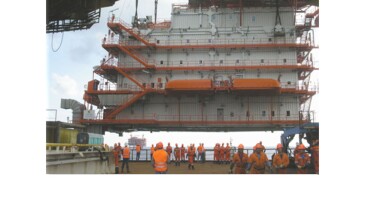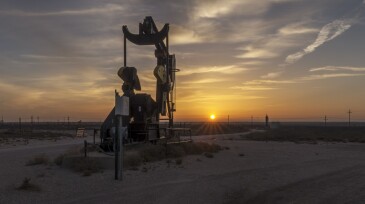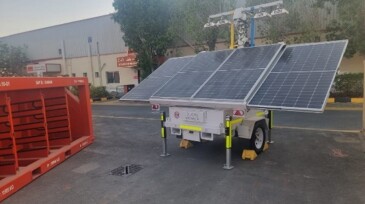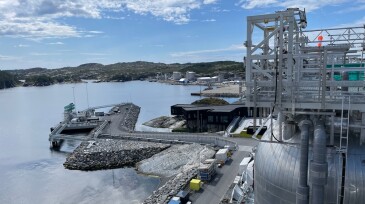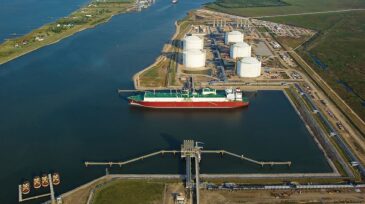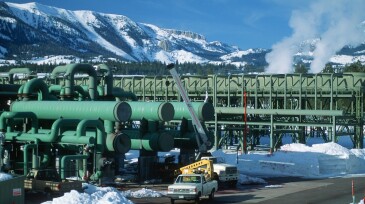Environment
This study presents the development of a biodegradable surfactant developed using principles of environmentally friendly chemistry from natural sources. The goal is to develop an effective and environmentally friendly surfactant that can emulsify and disperse oil to reduce its effects on marine environments.
This study ascertains the capital expenditure and operating expenditure associated with the reuse of existing facilities, specifically regarding a carbon capture and storage project being prepared in South Korea.
GeoMap Europe is the latest in a series of interactive global geothermal maps that combine large subsurface and surface data sets to highlight where geothermal resources and development opportunities are strongest for power, heat, cooling, and storage.
-
Transition requires action, not perfect technology, but challenges remain around scalability, cost, and revenues.
-
This paper presents circular environmental initiatives at Abu Ali Island in the Eastern Province of Saudi Arabia that led to sustainable and systematic decarbonization, ecosystem, and biodiversity programs.
-
This paper describes the operator’s culture of circular decommissioning, with the main goal to improve environmental performance by implementing circular-economy principles during the engineering and execution of decommissioning projects.
-
With shaky state funding and the EPA hamstrung by the Supreme Court, New Mexico could face a future with reduced protections.
-
A series of temblors in the region has been linked to oil and gas extraction processes.
-
Reducing greenhouse-gas emissions with geologic carbon storage will require a new way to model rock physics.
-
SponsoredTAQA bears the burden of reducing carbon emissions from the fossil fuel energy cycle and pays its undivided attention to decarbonizing its operations. In this article, it sheds light on its initiatives and approach to decarbonizing the oil and gas exploration and production industry.
-
Government grants and tax incentives will drive carbon capture, storage, and/or utilization projects in the next decade as the industry seeks profitable business model.
-
The ruling said the US Department of Energy must resume reviewing permits for domestic LNG export projects.
-
Houston-based enhanced geothermal systems pioneer uses fracturing and other oil and gas technologies to stabilize power grids with zero-carbon renewable energy that doesn’t depend on the weather.






